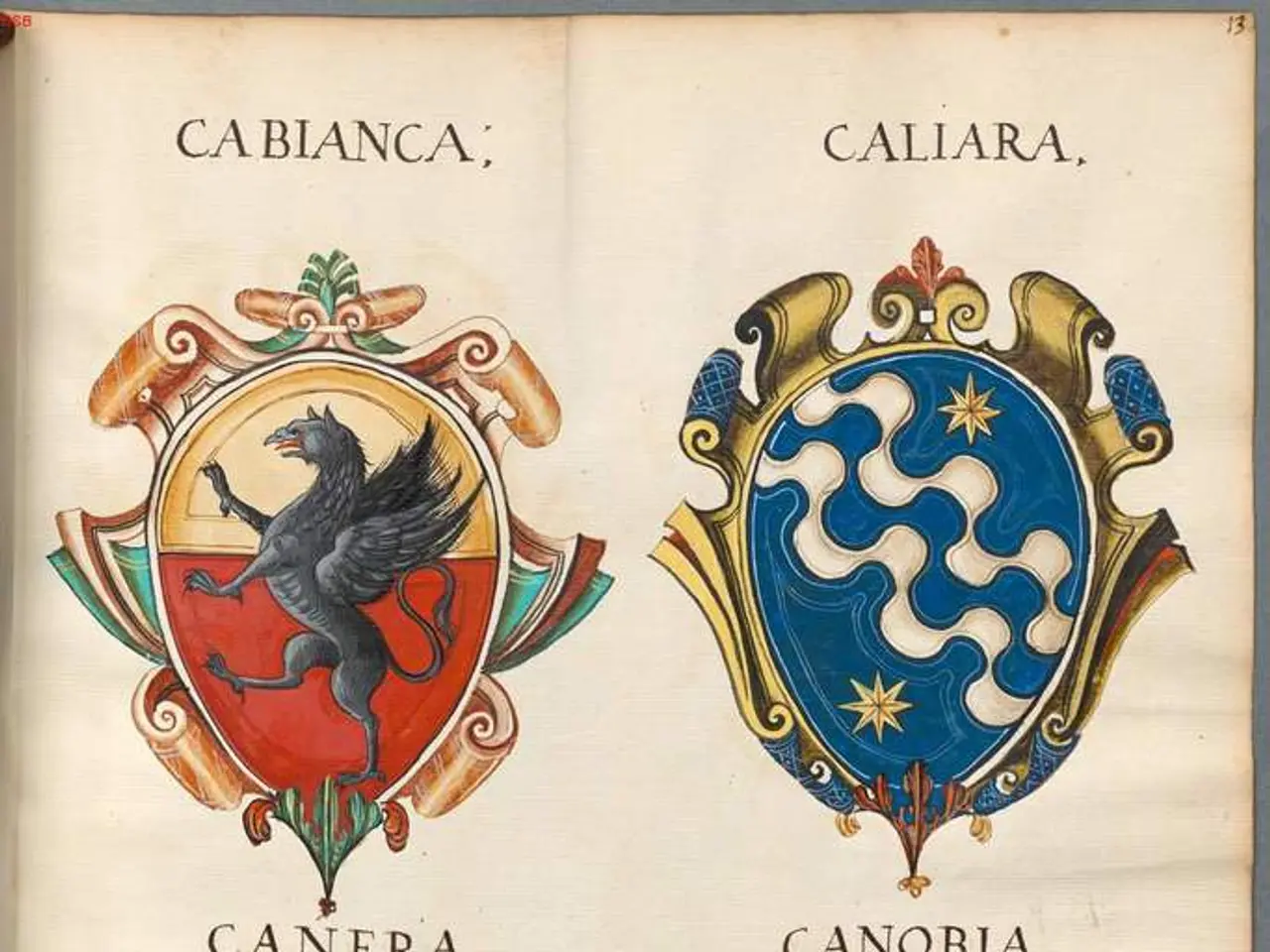Utilizing Different Logo Types for Effective Branding: A Comprehensive Guide
In the realm of branding, logos play a pivotal role in creating a unique identity for businesses and organizations. Here, we delve into 14 common types of logos, each serving distinct purposes and suited to different brand identities.
- Wordmark (Logotype)
- A wordmark logo uses the company’s name in a stylized typeface, best for brands with unique or memorable names like Google and Coca-Cola. Use when name recognition is key and you want brand name visibility.
- Lettermark (Monogram)
- Lettermark logos use initials or abbreviations of the brand, effective for companies with long or complex names like IBM and HBO. Use to simplify and create a clean, professional look.
- Pictorial Mark (Symbol or Icon)
- Pictorial marks use a recognizable image or symbol, such as Apple’s apple and Twitter’s bird. They are good for brands wanting a visual icon that can stand alone. Use when you want a strong visual that reflects brand values or product.
- Abstract Mark
- Abstract marks use abstract shapes or forms rather than literal images, like Nike’s swoosh and Pepsi’s circle. They are best when you want a unique, distinctive symbol that’s flexible. Use to evoke feelings or concepts rather than direct representation.
- Emblem
- Emblem logos combine text with imagery within a shape or badge, often used by schools, government, or traditional businesses. Use for a classic, authoritative, or heritage feel.
- Combination Mark
- Combination marks combine a wordmark and a pictorial or abstract symbol together, like Adidas and Dropbox. They offer versatility, allowing use of text and symbol standalone or together.
- Mascot Logo
- Mascot logos include an illustrated character as the brand face, such as Michelin Man and KFC Colonel. They are good for brands wanting a friendly, approachable persona. Use to create emotional connection and storytelling opportunities.
- Dynamic Logo
- Dynamic logos are adaptable, changing depending on context, like Google Doodles. They are useful for modern brands that want freshness and flexibility. Use in digital branding where variability is an asset.
- 3D Logo
- 3D logos are designed with three-dimensional effects or shading, eye-catching and modern, useful in tech or entertainment sectors. Use when aiming for a contemporary, cutting-edge image.
- Flat Logo
- Flat logos are simplified, two-dimensional logos without shadows or gradients, popular for digital clarity and versatility. Use for clean, minimalistic branding that works well on screens.
- Signature Logo
- Signature logos mimic handwriting or signature style, conveying a personal touch, authenticity, or artistic flair. Use for personal brands, creatives, or luxury markets.
- Negative Space Logo
- Negative space logos use background space creatively to form a symbol or letter, clever and memorable; invites viewers to look twice. Use to showcase creativity and sophistication.
- Geometric Logo
- Geometric logos are based on geometric shapes or patterns, evoking order, symmetry, and modernity. Use for tech, architecture, or fashion brands.
- Letterform Logo
- Letterform logos use only one letter to represent a brand, simple and highly recognizable. Use for brands whose initial letter is very strong visually.
When choosing a logo, match it to the brand’s personality and market. For example, a tech startup might use an abstract or geometric mark for modernity, while a law firm might prefer an emblem or wordmark for trustworthiness. Use combination marks for flexibility across various platforms, and consider scalability and readability. Keep consistency by using the logo style uniformly on all materials, and leverage certain logo types to evoke emotion or tell your brand’s story.
- Visual content of fashion-and-beauty brands often features stylized wordmarks, reminiscent of the logos of brands like Google and Coca-Cola, to boost name recognition.
- For complex lifestyle brands, such as IBM and HBO, lettermark logos with initials can create a clean and professional appearance.
- To attract viewers in the food-and-drink industry, pictorial marks like the Apple's apple or Twitter's bird, might be used to grab attention, reflecting the brand's values.
- Abstract marks like Nike's swoosh and Pepsi's circle can evoke feelings of uniqueness and adaptability for home-and-garden brands striving for a distinctive identity.
- Travel and cars brands seeking an authoritative, heritagal image may opt for emblem logos, combining text with recognizable imagery for a classic, traditional appeal.




